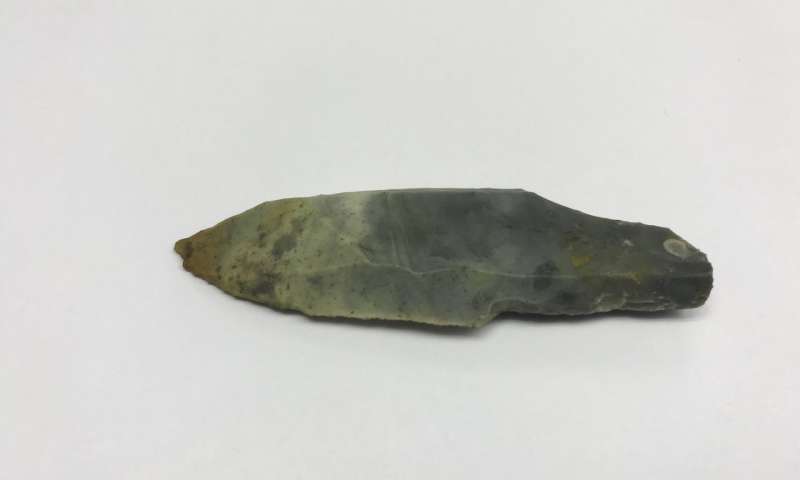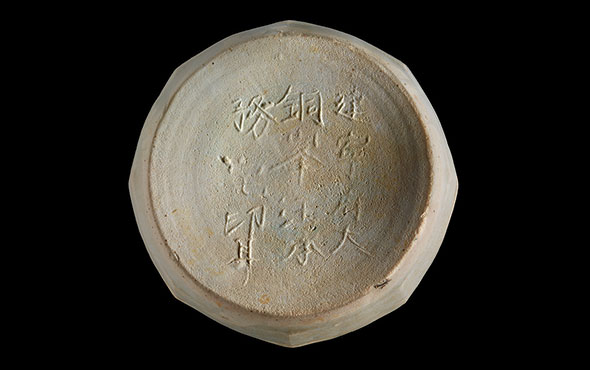
BATON ROUGE, LOUISIANA—Archaeologist Heather McKillop of Louisiana State University and anthropologist Kazuo Aoyama of Ibaraki University suggest salt produced along the coasts by the Maya between A.D. 300 and 900 was widely traded at inland markets, according to an NPR report. McKillop has found more than 100 salt-producing kitchens in Belize. She and Aoyama analyzed stone tools at one of these saltworks, which is now underwater. “I thought findings would be that they cut a lot of wood, but in fact, the majority of the stone tools were used for cutting meat and fish,” she said. No animal or fish bones were preserved in the acidic mangrove peat at the site, but more than 4,000 wooden posts survived in the soil. The posts outline the buildings where the salt was processed, and hardened in pots. The resulting salt cakes and salted fish and meat could have been transported by canoe to inland markets, the researchers added, where it could have provided the Maya population with necessary nutrients. For more, go to “The Maya Sense of Time.”










